AHS102 Exam 3
1/111
Earn XP
Name | Mastery | Learn | Test | Matching | Spaced |
|---|
No study sessions yet.
112 Terms
Louis XV
Show offish king, insights resentment into the people with the help of the previous king (Sun King)
Aristocrats
Wealthy and influential people, did not stay at The Palace or Versailles
Apartments
Chateaus, where the aristocrats lived
Fête galante
A type of privately viewed art, escapism
Salons
Wealthy and private parties where people would talk about art and poetry
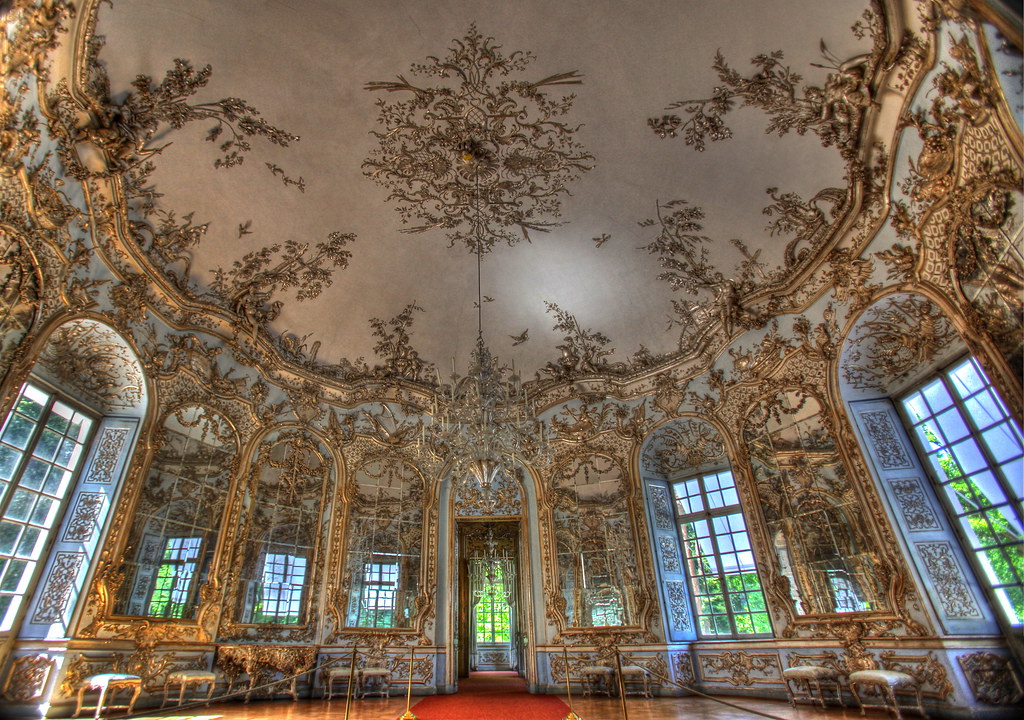
Francois de Cuvillies, Hall of Mirrors (Rococo, 18th cent)
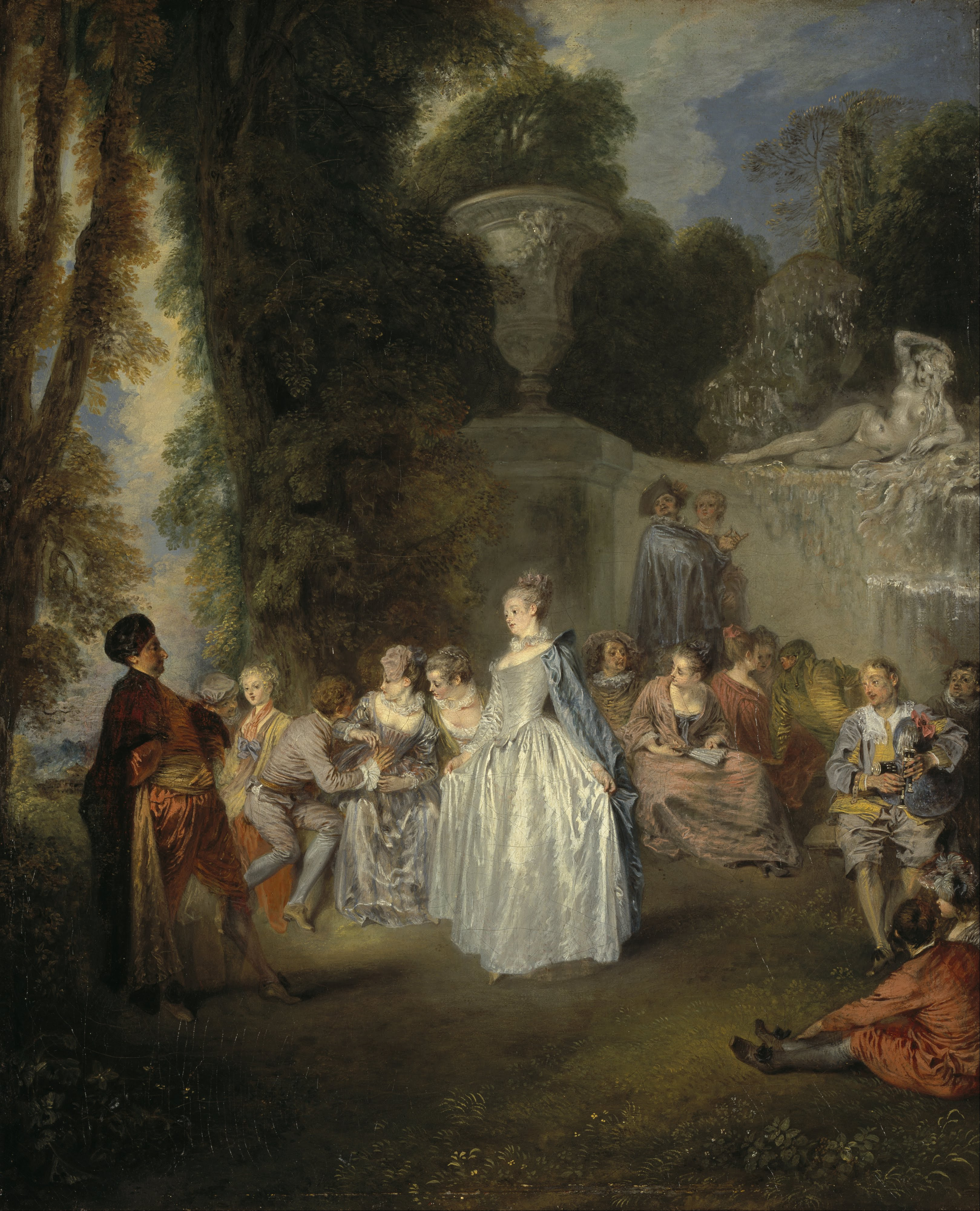
Jean-Antoine Watteau, Venetian Fete (Rococo, 18th cent)
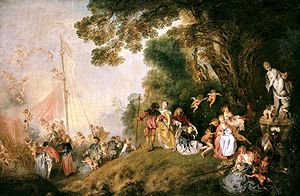
Jean-Antoine Watteau, Return from Cythera (Rococo, 18th cent)
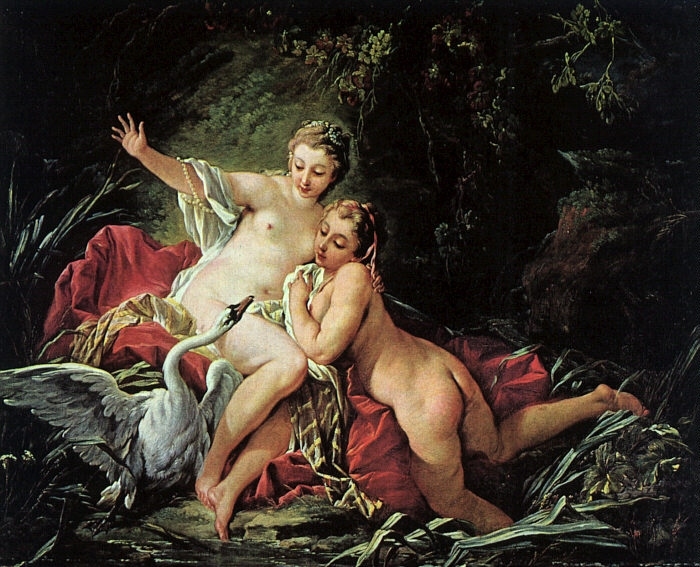
Francois Boucher, Leda and The Swan (Rococo, 18th cent)
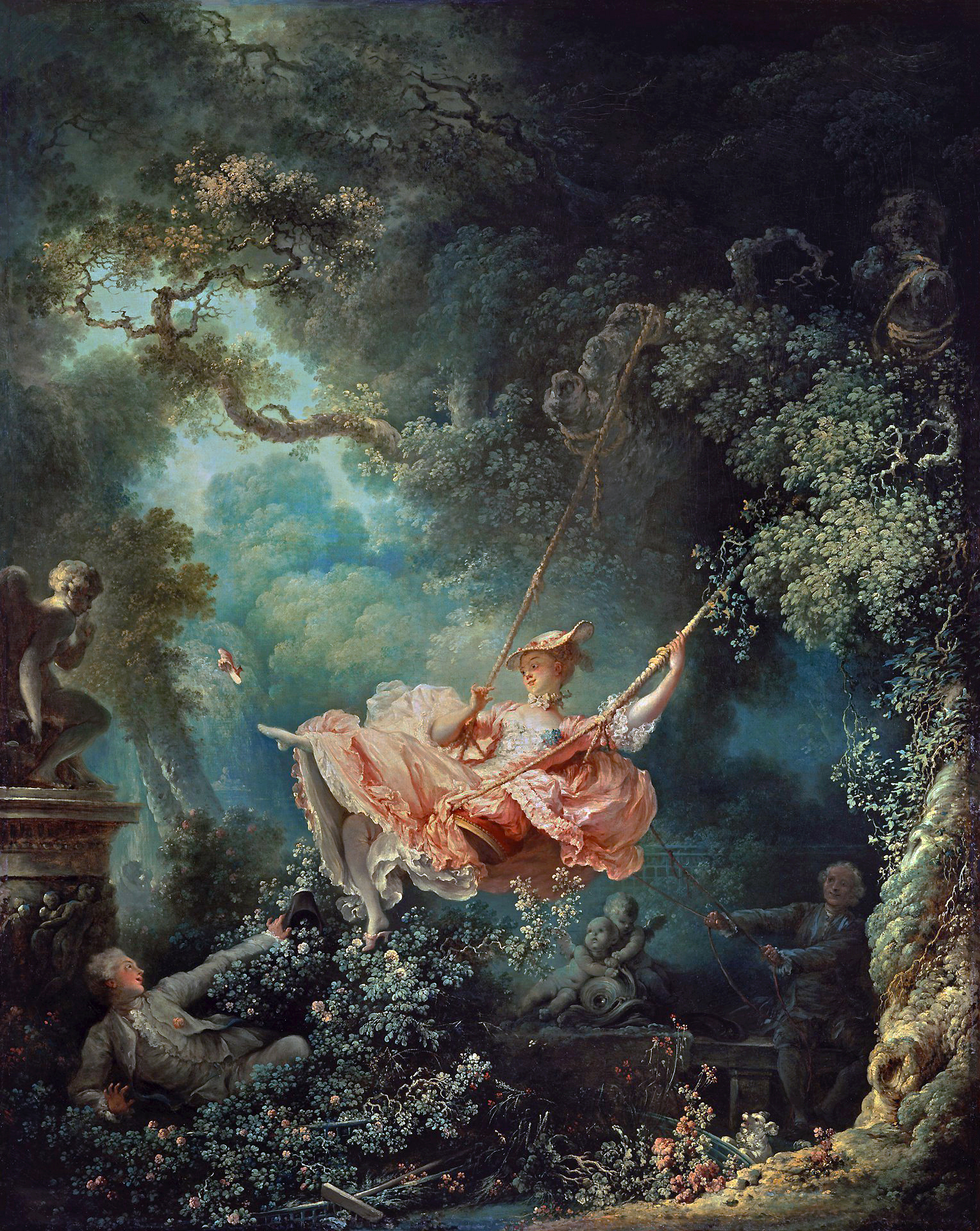
Jean Fragonard, The Swing (Rococo, 18th cent)
Pompeii Mania
Rediscovery of Pompeii reignited the interest in classical ideals
Louis XVI
Beheaded during French Revolution, show offish, married to Marie Antoinette
Marie Antoinette
King Louis XVI’s wife, attributed with saying “let them eat cake”
Jacques-Louis David
Was the king’s painter for Napoleon after the revolution
The Horatii
Three brothers who took an oath to fight for Rome
The Curiatii
Three brothers who fought against the Horatii
The Third Estate
Commoners
The National Assembly
Elected officials meant to speak on behalf of the commoners
Jean-Paul Marat
Revolutionary that was killed in one of his skin-treatment baths
Charlotte Corday
The woman who killed Jean-Paul Marat
The French Revolution (1789-1799)
A civil war in France to take down the monarchy
Maximilien Robespierre
The man on the left in Oath of the Tennis Court with his arms up, he started the Reign of Terror
Martin Dauch
The man on the right in Oath of the Tennis Court leaning back with his arms crossed
Caricature
A picture or depiction of someone that exaggerates their features
Napoleon Bonaparte
Supposed to lead the revolution, instead declares himself as the holy roman emperor
The Empire Style
A style that came up after the revolution
The Federal Style
Neoclassical style with an American twist
Corinthian Capitols
The most decorated capitols, usually depicted with Acanthus leaves. Replaced with tobacco leaves or corn in the Federal style
The Roman Eagle
Replaced with the American bald eagle in the Federal style
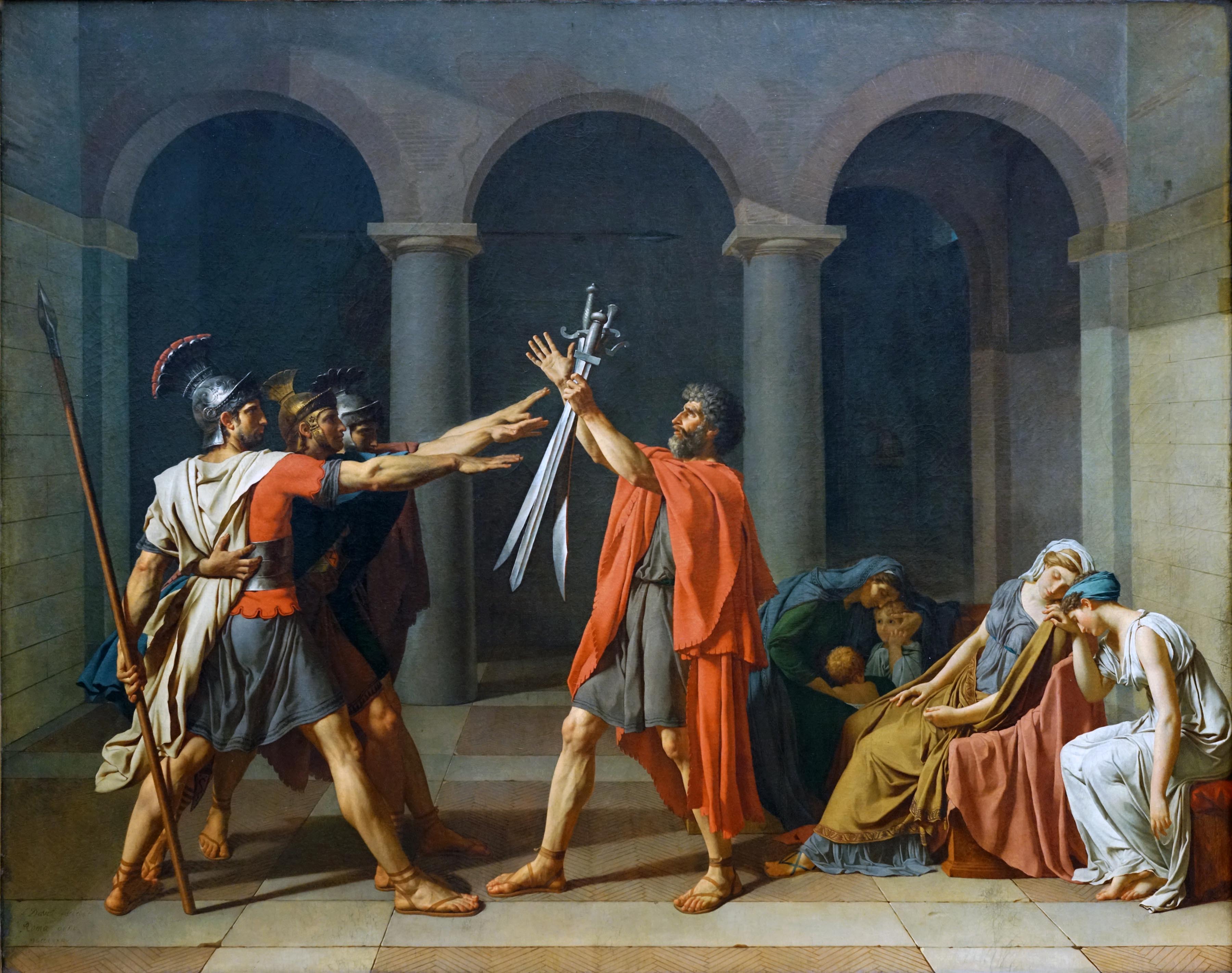
Jacques-Louis David, Oath of the Horatii (Mid 18th-Mid 19th cent, Neoclassicism)
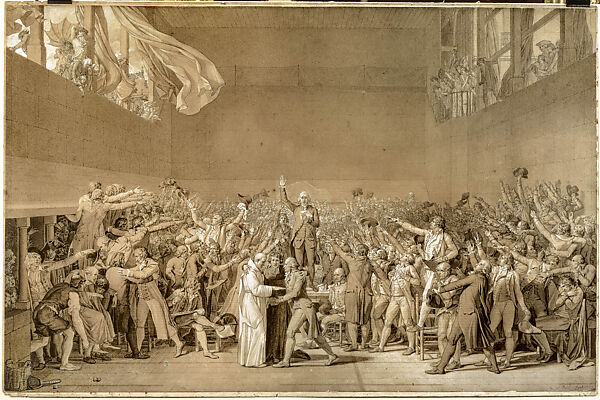
Jacques-Louis David, Oath of the Tennis Court (Mid 18th-Mid 19th cent, Neoclassicism)
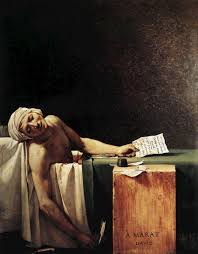
Jacques-Louis David, The Death of Marat (Mid 18th-Mid 19th cent, Neoclassicism)
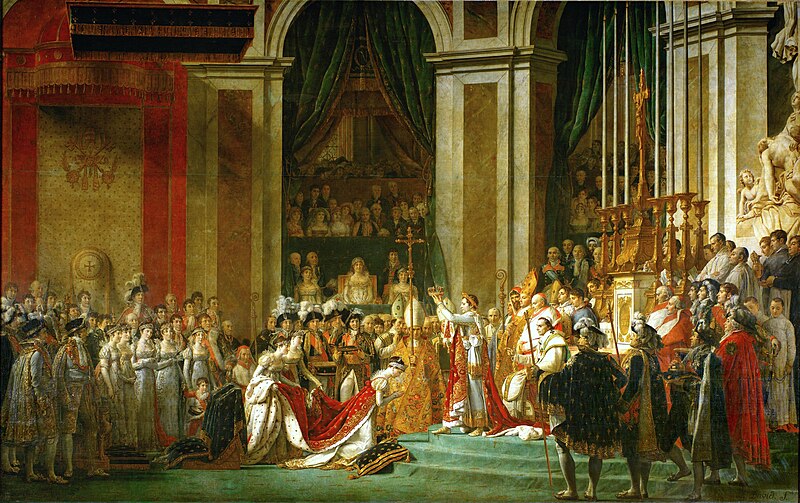
Jacques-Louis David, The Coronation of Napoleon (Mid 18th-Mid 19th cent, Neoclassicism)

Pierre Vignon, La Madeleine (Mid 18th-Mid 19th cent, Neoclassicism)

Benjamin Latrobe, U.S. Capitol (Mid 18th-Mid 19th cent, Neoclassicism)
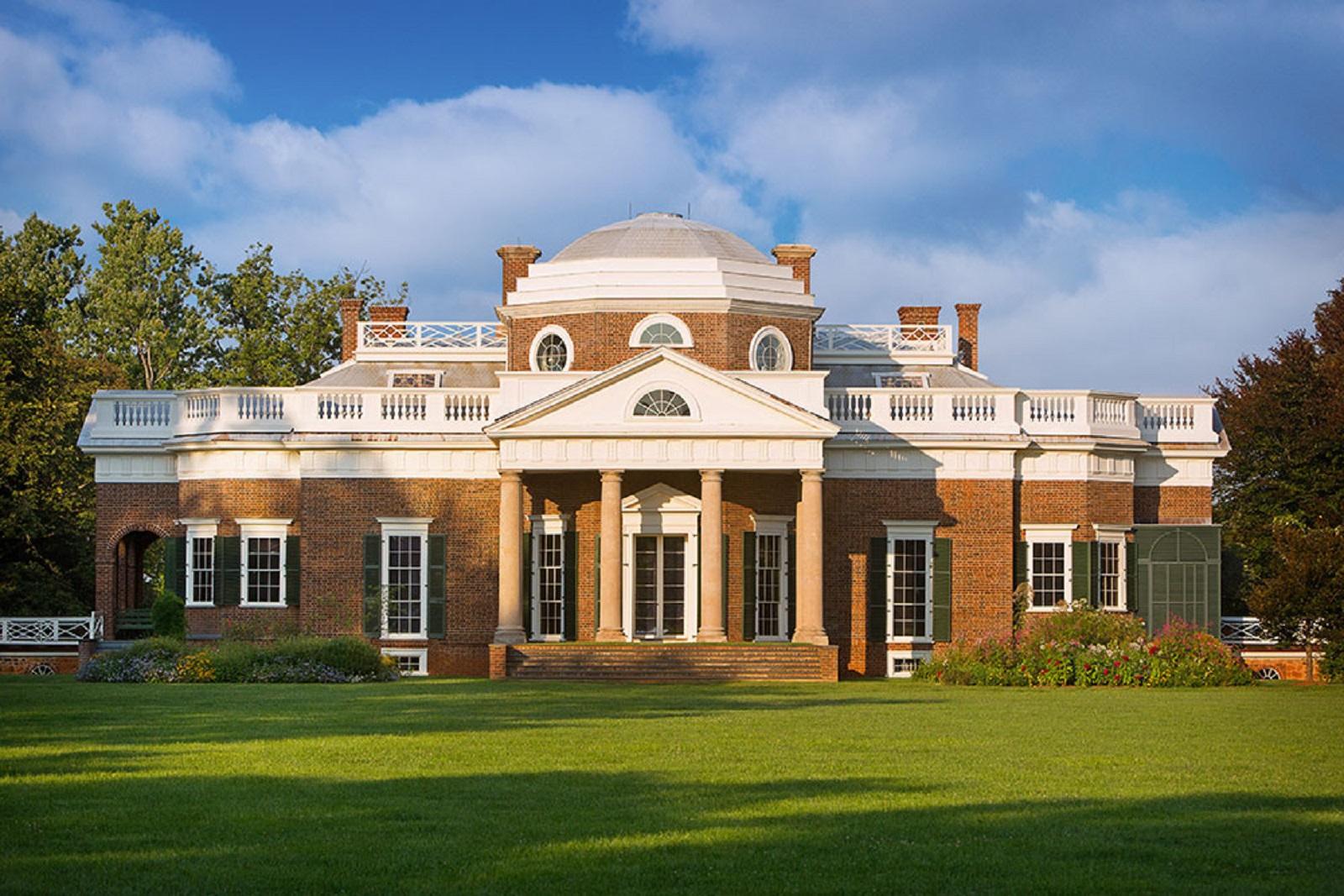
Thomas Jefferson, Monticello (Mid 18th-Mid 19th cent, Neoclassicism)
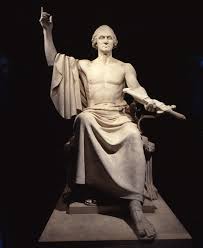
Horatio Greenough, George Washington (Mid 18th-Mid 19th cent, Neoclassicism)
The Gothick
Macabre, dark, and goth stories
The Sublime
The feeling when you see awe-inspiring nature
Pantheism
God being in everything, especially elements of nature
Incubus
A sex demon that assaults women in the night
Sardanapalus
An Assyrian King, greedy and lavish
The Black Paintings
Paintings Francisco de Goya painted to decorate his home

Theodore Gericault, Insane Woman (Mid 18th-Mid 19th cent, Romanticism)

Theodore Gericault, Study of Truncated Limbs (Mid 18th-Mid 19th cent, Romanticism)
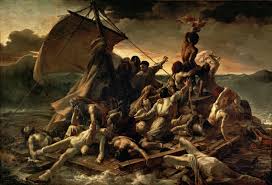
Theodore Gericault, The Raft of Medusa (Mid 18th-Mid 19th cent, Romanticism)
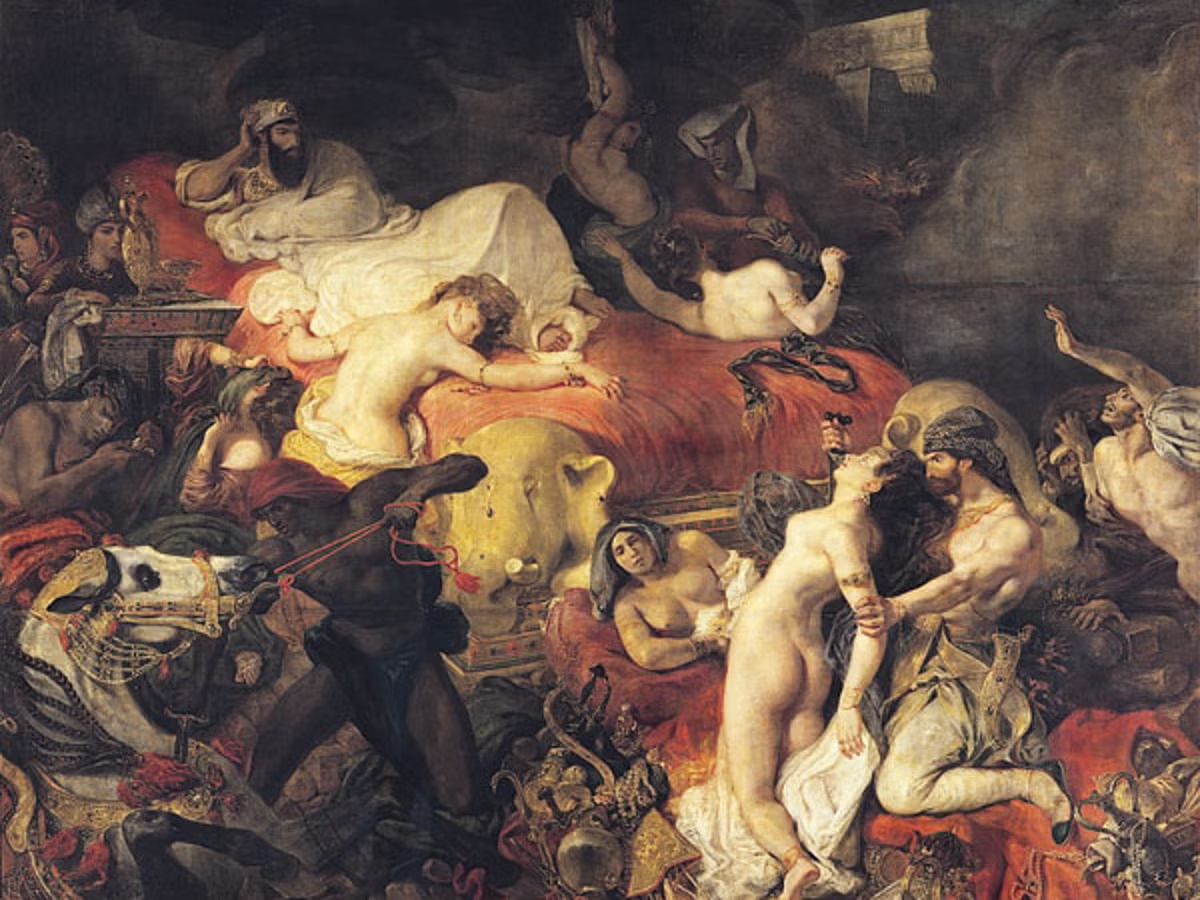
Eugene Delacroix, The Death of Sardanapalus (Mid 18th-Mid 19th cent, Romanticism)
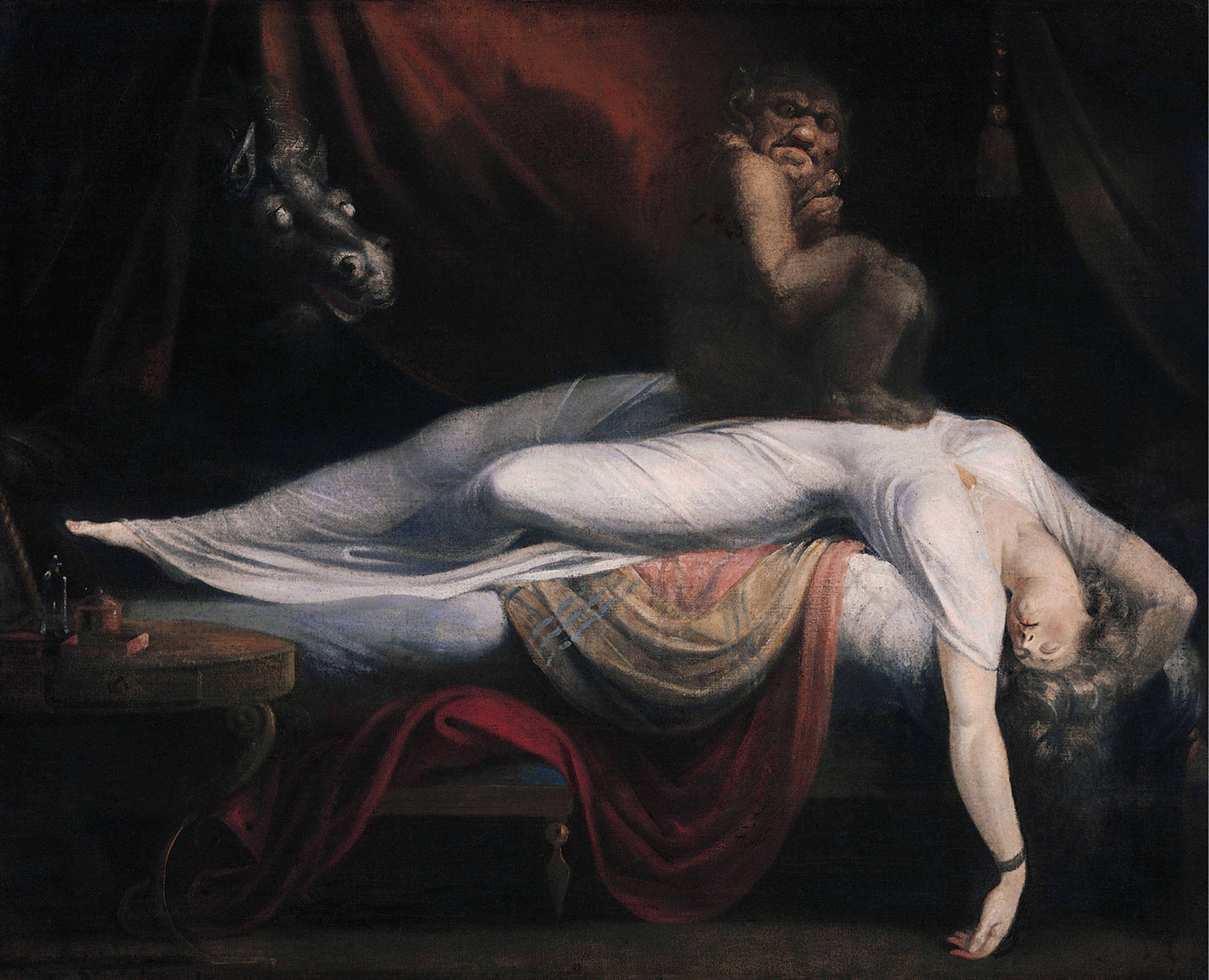
Henri Fuseli, The Nightmare (Mid 18th-Mid 19th cent, Romanticism)
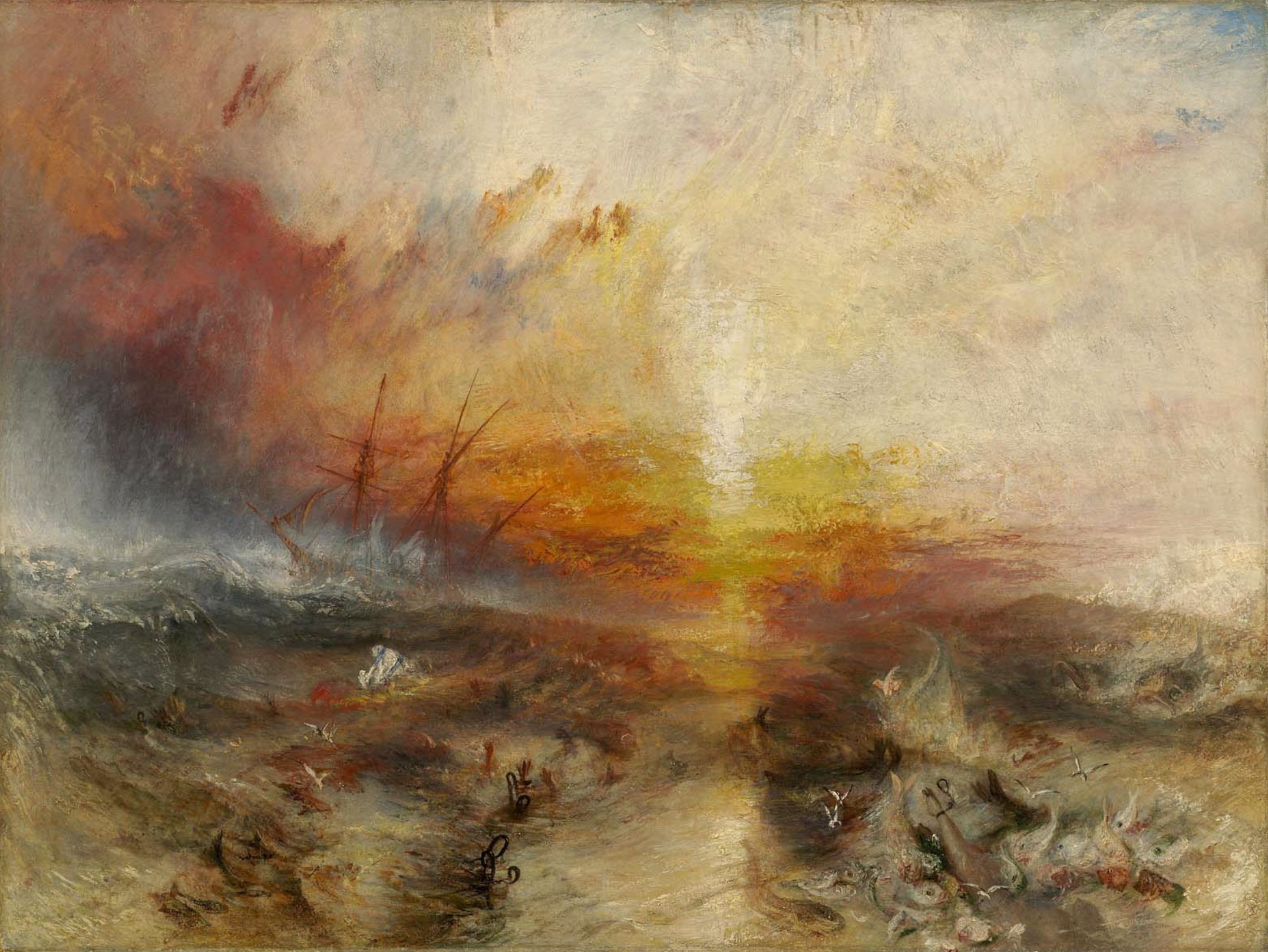
J.M.W. Turner, The Slave Ship (Mid 18th-Mid 19th cent, Romanticism)
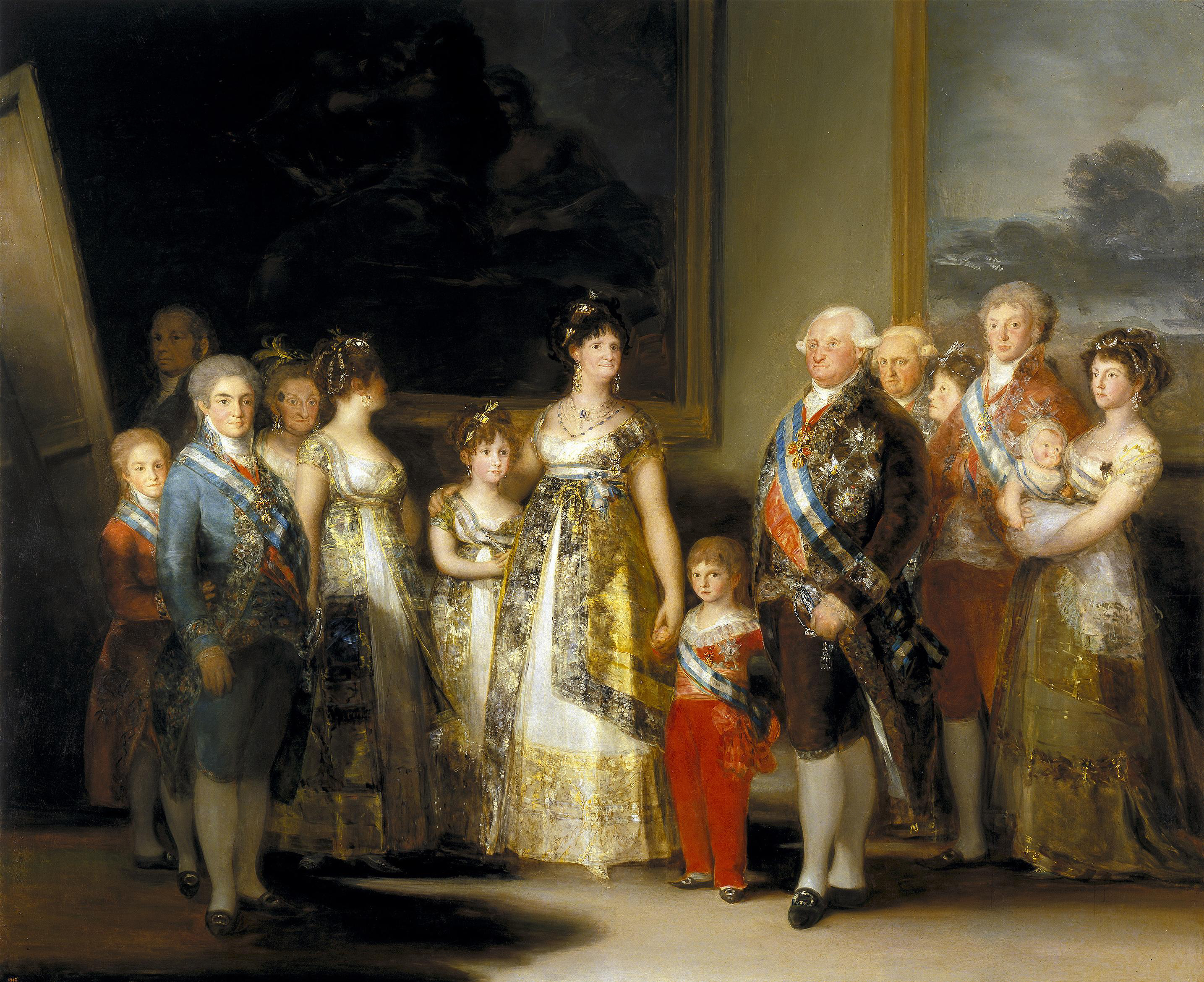
Francisco de Goya, The Family of Charles IV (Mid 18th-Mid 19th cent, Romanticism)
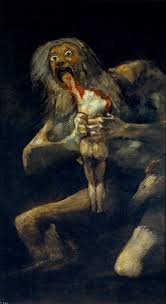
Francisco de Goya, Saturn Devouring His Children (Mid 18th-Mid 19th cent, Romanticism)
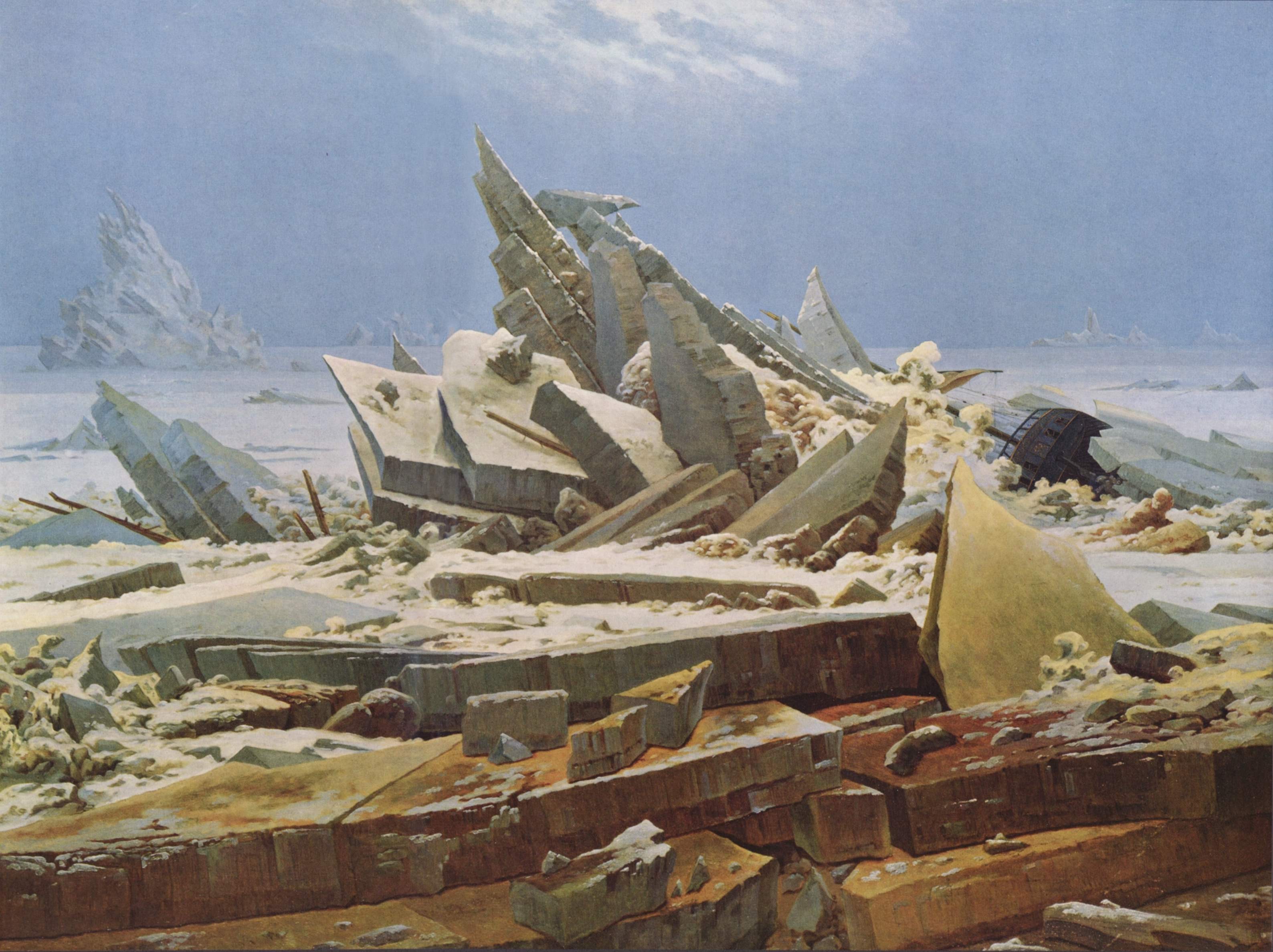
Caspar David Friedrich, Sea of Ice (Mid 18th-Mid 19th cent, Romanticism)
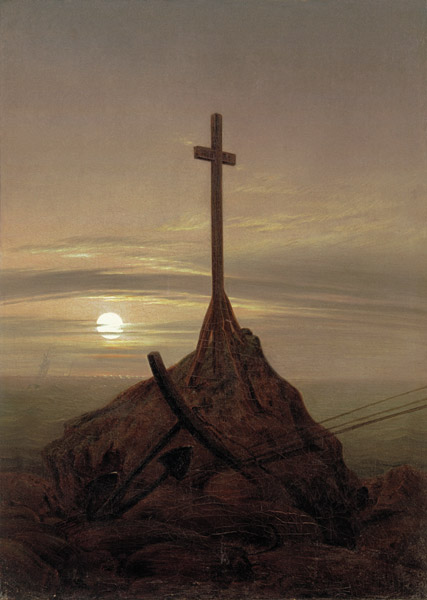
Caspar David Friedrich, Cross on the Baltic Sea (Mid 18th-Mid 19th cent, Romanticism)
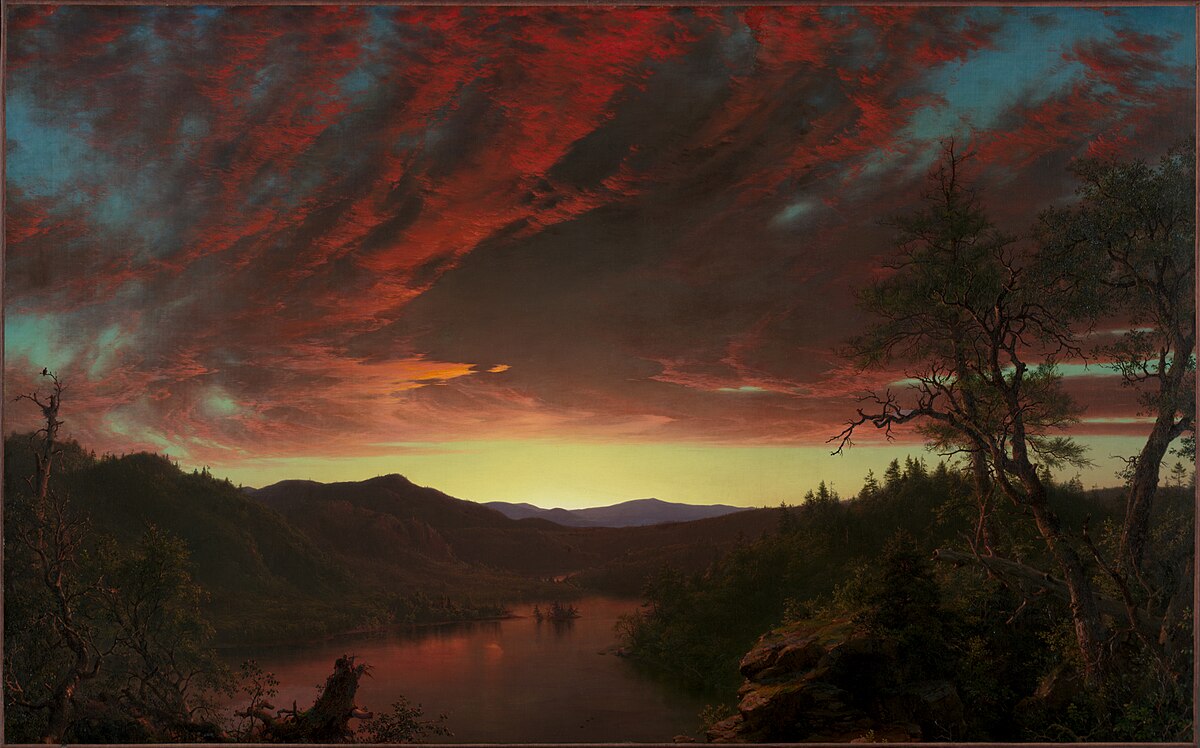
Frederic Church, Twilight in the Wilderness (Mid 18th-Mid 19th cent, Romanticism)
Industrialization
The development of industries in a country, Paris and photography
Auguste Comte
Positivism is his idea
Positivism
Using science to explain the world around us instead of religion
Karl Marx
German philosopher, being Marxism
Marxism
The rise of factories created an inequitable society, he’s for equity
Louis Daguerre
Made the Daguerreotype, a form of photography
William Henry Fox Talbot
Made the Calotype
Calotype
Photography process, closer to film photography and couldn’t show as much detail
Daguerreotype
Photography process, has a lot of detail, single image done on a copper plate
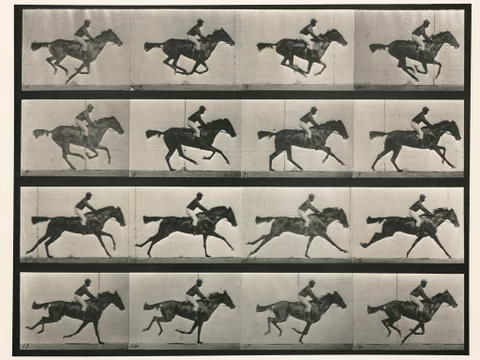
Eadweard Muybridge, Horse Galloping (Mid 19th cent, photography)
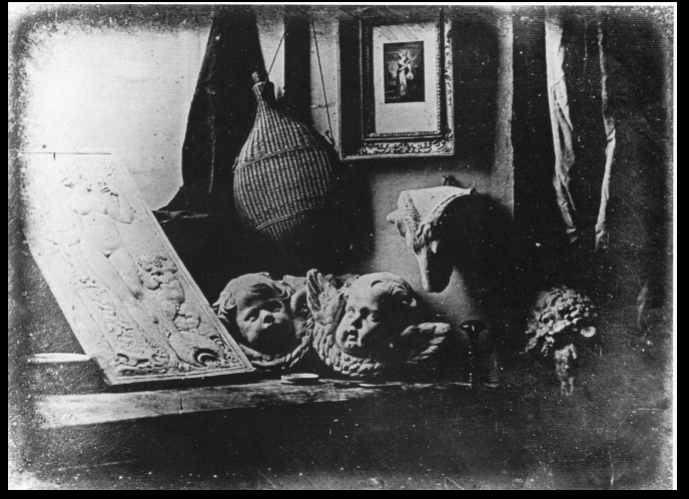
“Example of a Daguerreotype” (Mid 19th cent, photography)
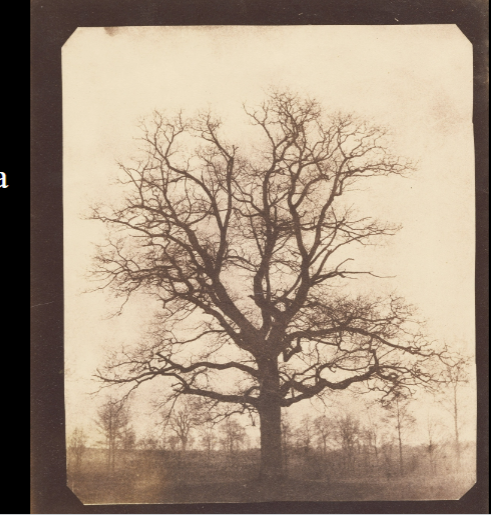
“Example of a Calotype” (Mid 19th cent, photography)
Medium-specific art
Emphasizing the qualities of the medium, paint strokes
Memento Mori
A reminder of death
Dr. Samuel Gross
A doctor featured in The Gross Clinic
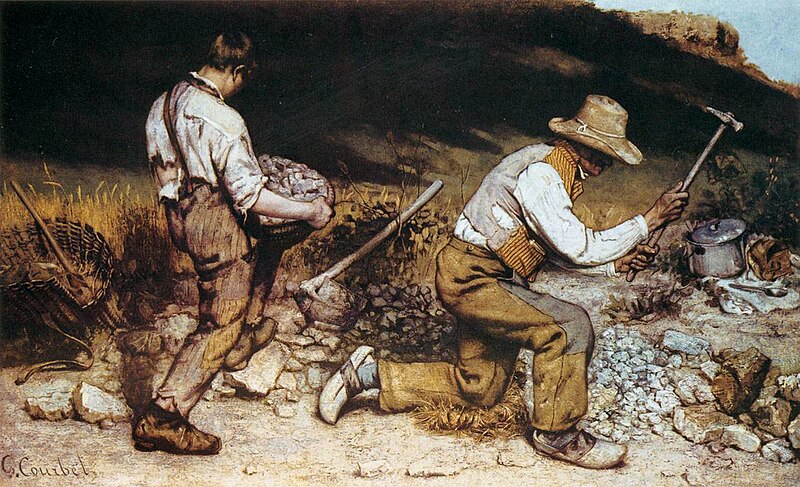
Gustave Courbet, The Stone Breakers (Mid 19th cent, Realism)
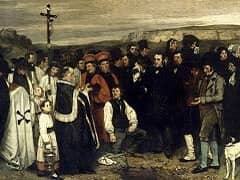
Gustave Courbet, The Burial at Ornans (Mid 19th cent, Realism)
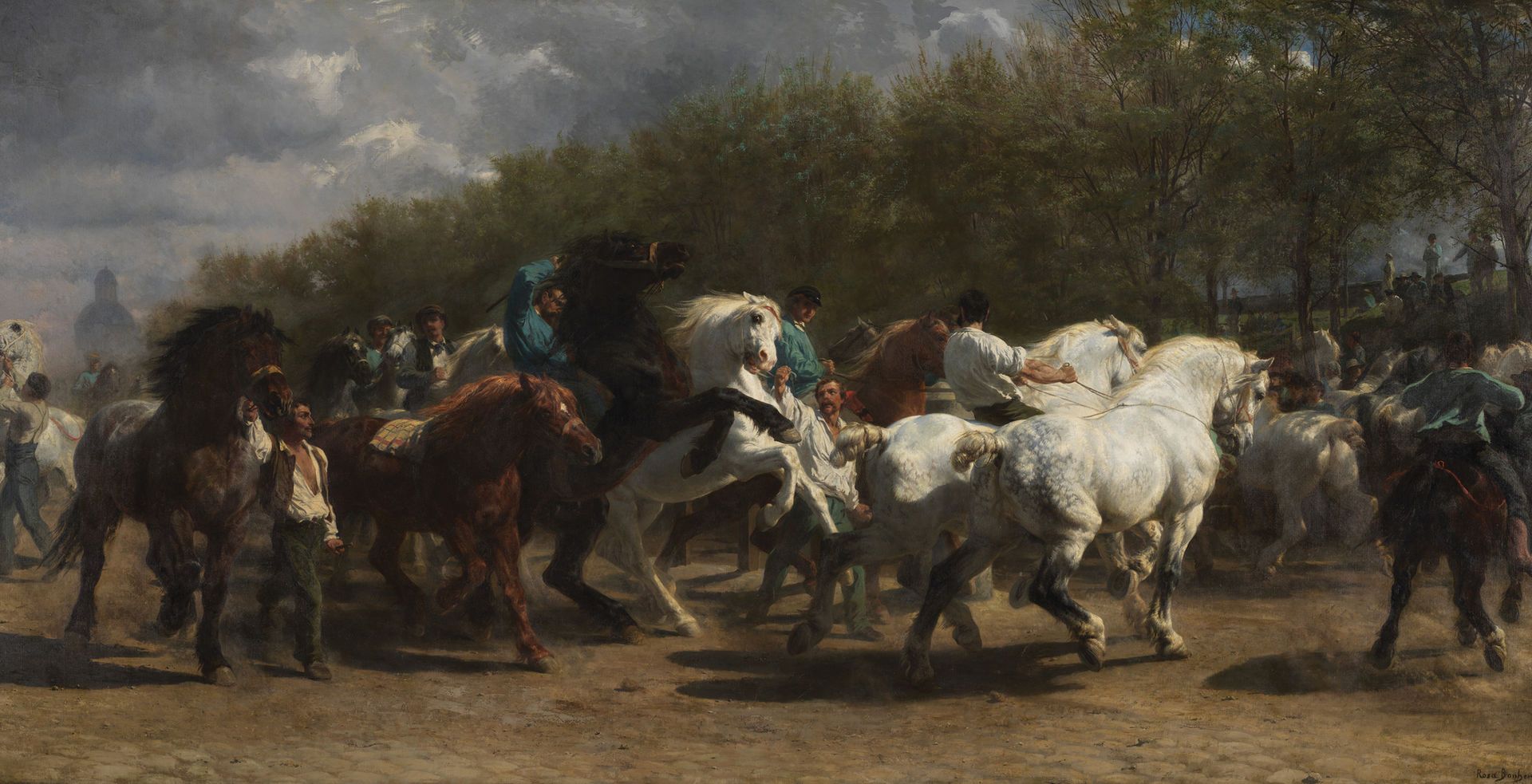
Rosa Bonheur, The Horse Fair (Mid 19th cent, Realism)

Thomas Eakins, The Gross Clinic (Mid 19th cent, Realism)
Baron Haussmann
City planner in charge of renovating Paris
Plein air painting
Portable painting kits artists would use to travel and paint
Victorine Meurent
Was Edouard Manet’s favorite model, featured in Olympia
Cropping
People were cropped out of certain compositions, influenced by photography
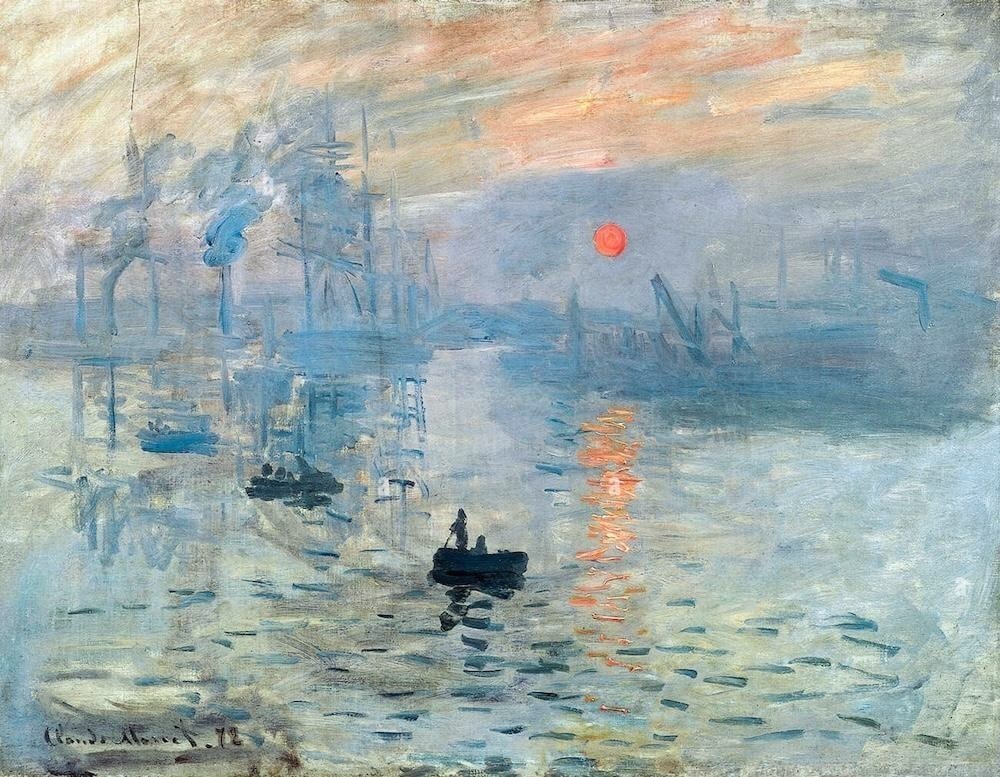
Claude Monet, Impression Sunrise (Late 19th cent, Impressionism)
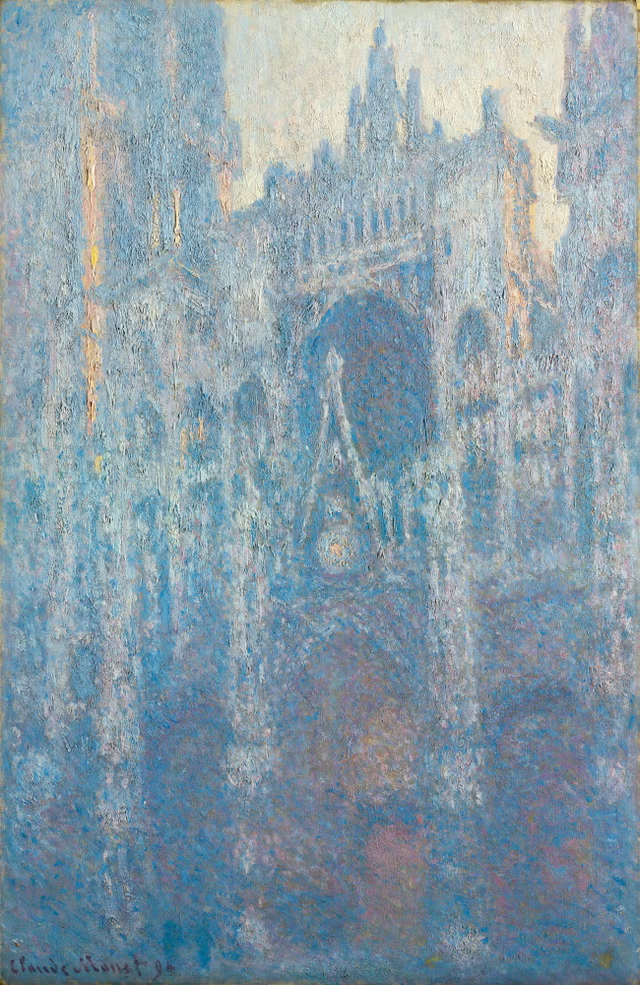
Monet, Rouen Cathedral (Morning) (Late 19th cent, Impressionism)

Monet, Rouen Cathedral (Sun) (Late 19th cent, Impressionism)

Monet, Gare St. Lazare (Late 19th cent, Impressionism)
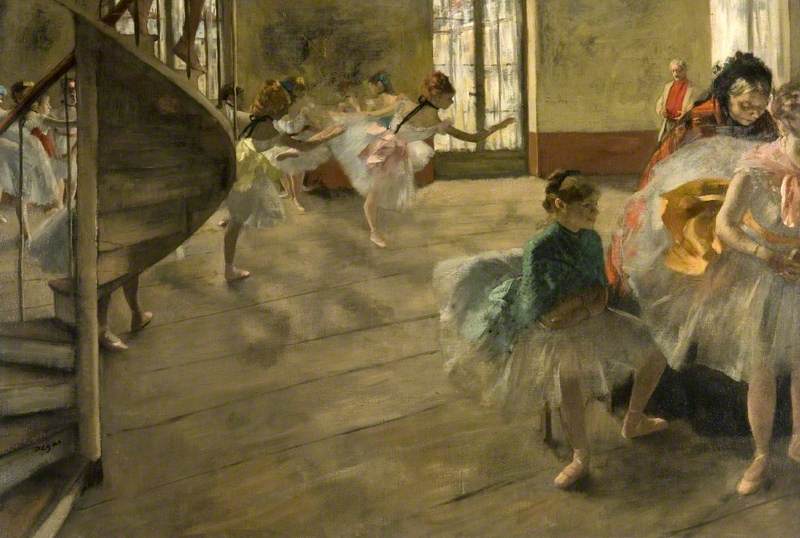
Edgar Degas, Ballet Rehearsal (Late 19th cent, Impressionism)

Mary Cassatt, Little Girl in a Blue Armchair (Late 19th cent, Impressionism)
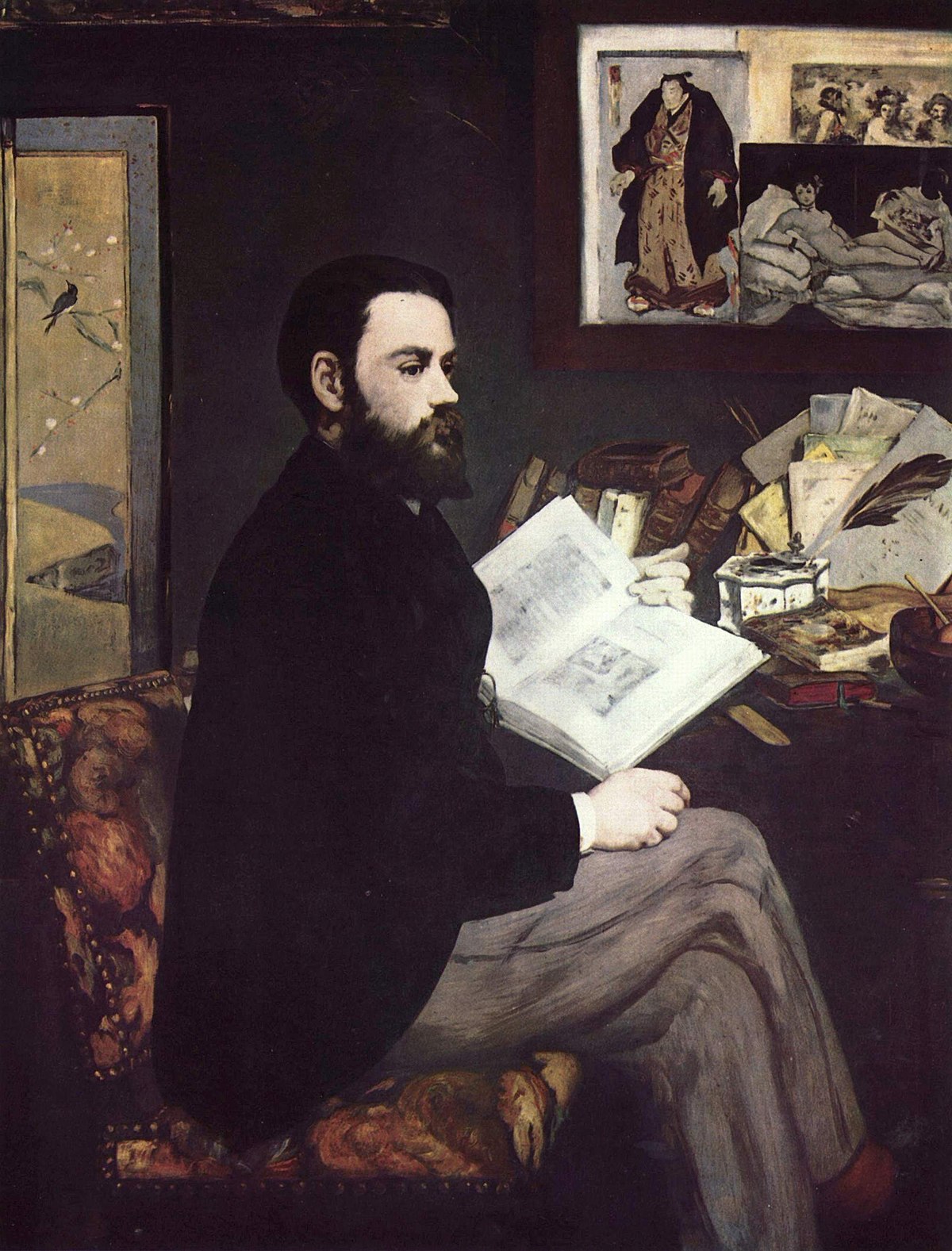
Edouard Manet, Portrait of Emile Zola (Late 19th cent, Impressionism)
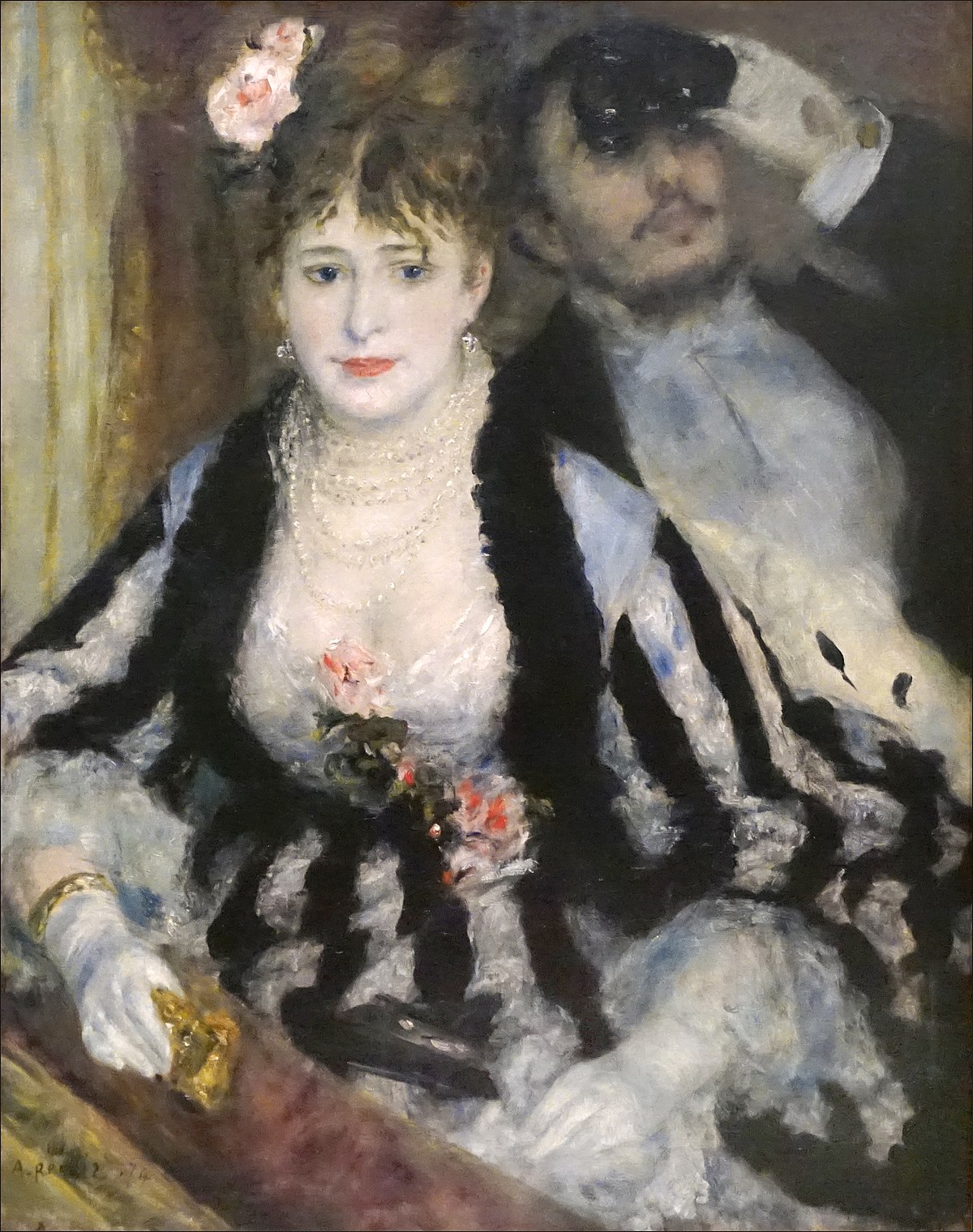
Auguste Renoir, La Loge (Late 19th cent, Impressionism)
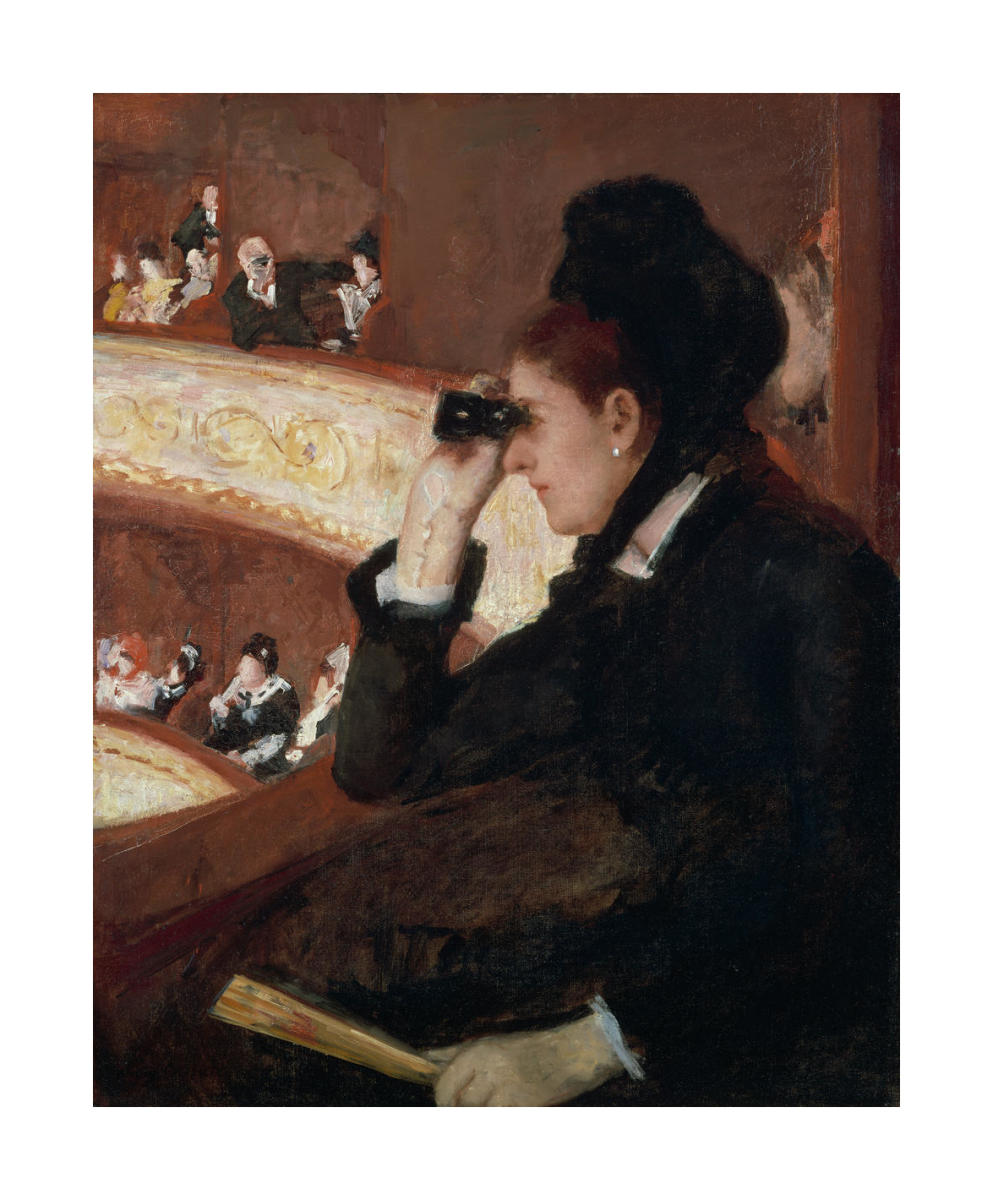
Mary Cassatt, In the Loge (Late 19th cent, Impressionism)
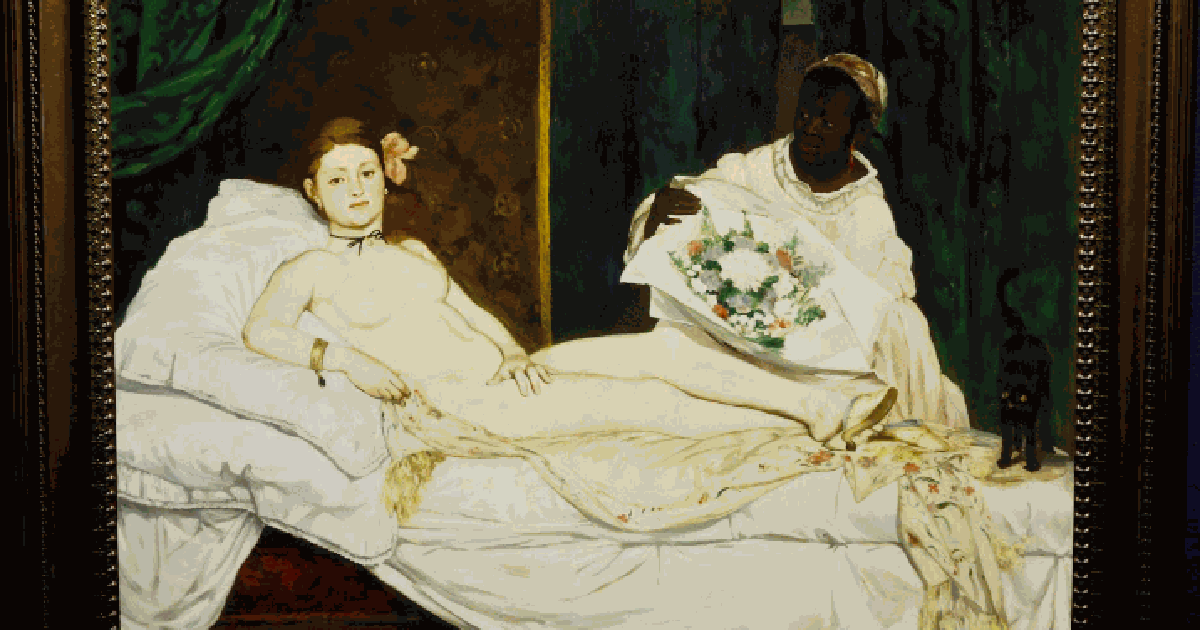
Edouard Manet, Olympia (Late 19th cent, Impressionism)
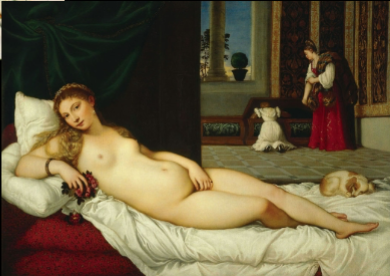
Titian, Venus of Urbino (comparison piece)
Pointillism
A painting technique, using little dots to communicate figures
Subjective color
Color dictated by emotion, not realistic color
Impasto
Very thick build up of paint
Japonisme
People becoming fascinated by Japan
Brittany
Where Paul Gauguin moved to escape Paris
Tahiti
Where Paul Gauguin moved to after Brittany, it was more “exotic”
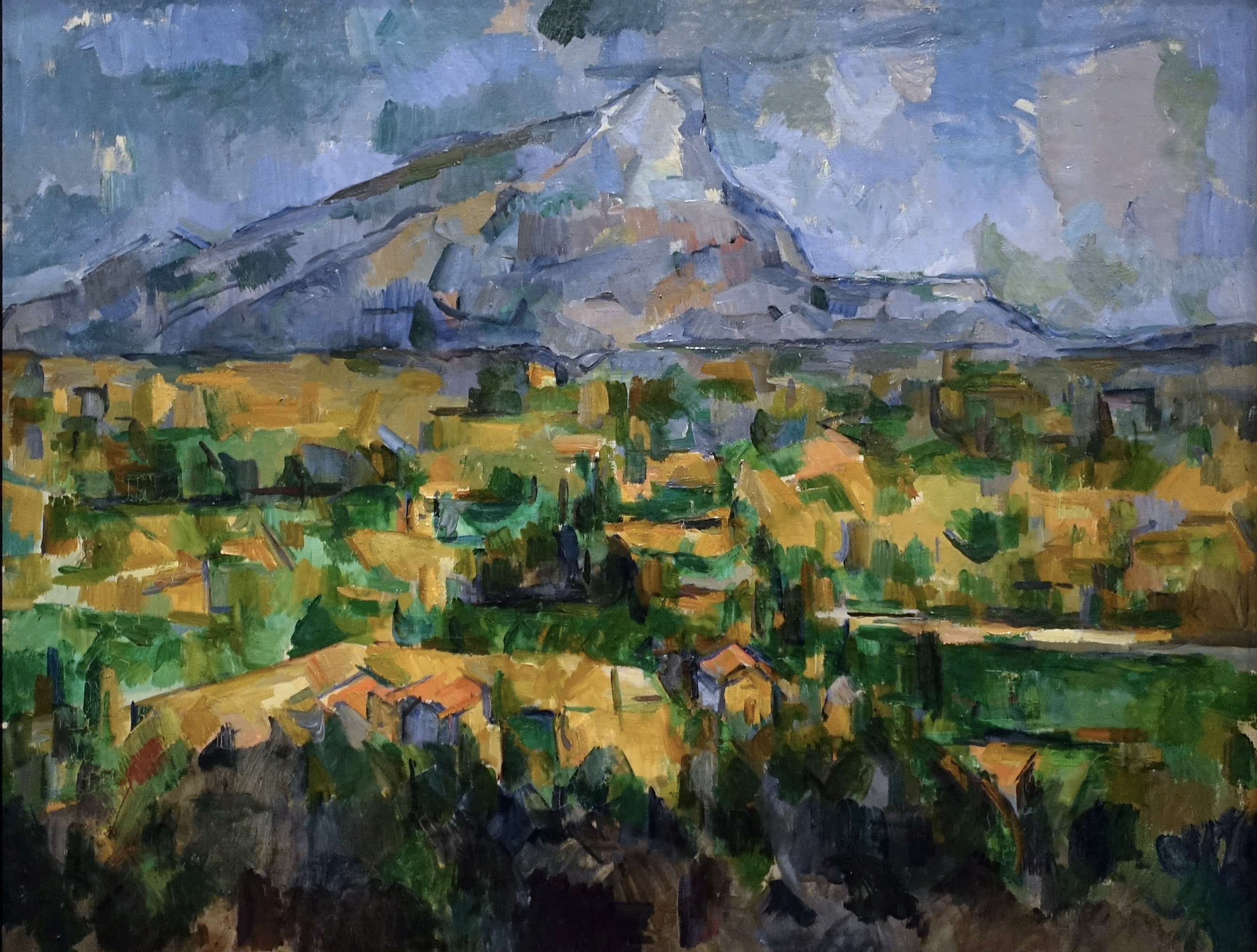
Paul Cezanne, Mt. Sainte Victoire (Late 19th cent, Post-Impressionism)
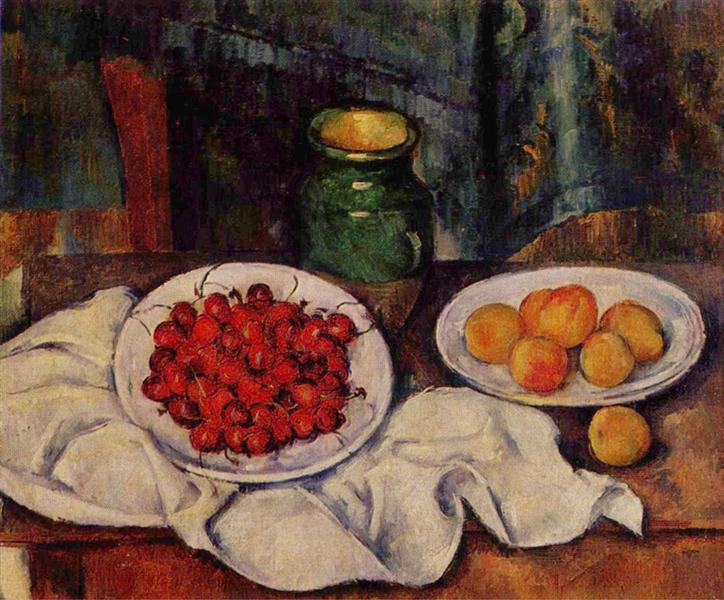
Paul Cezanne, Bowl of Cherries (Late 19th cent, Post-Impressionism)
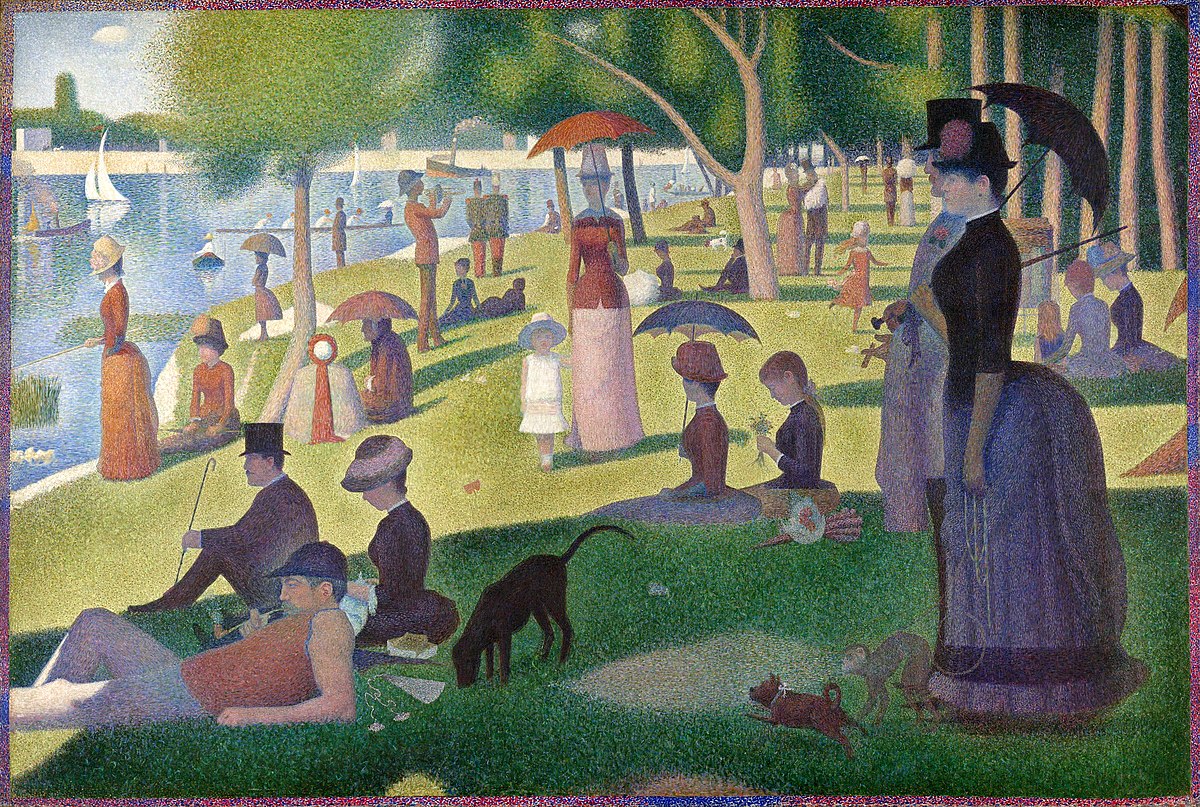
Georges Seurat, A Sunday Le Grande Jatte (Late 19th cent, Post-Impressionism)
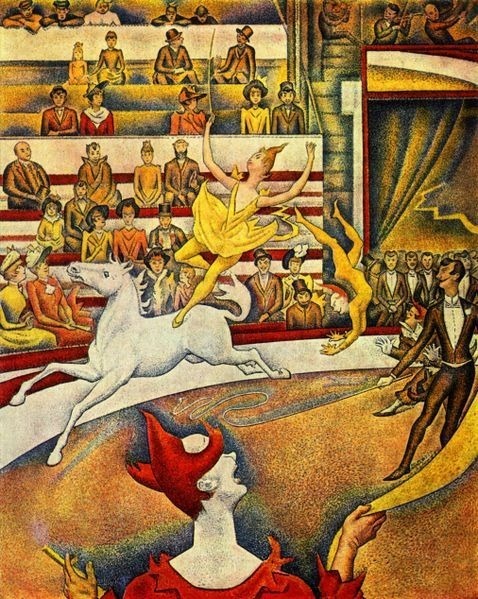
Georges Seurat, The Circus (Late 19th cent, Post-Impressionism)
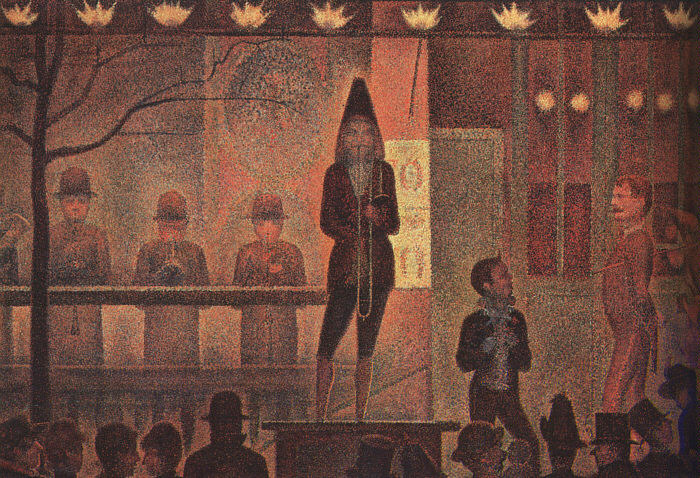
George Seurat, Circus Sideshow (Late 19th cent, Post-Impressionism)
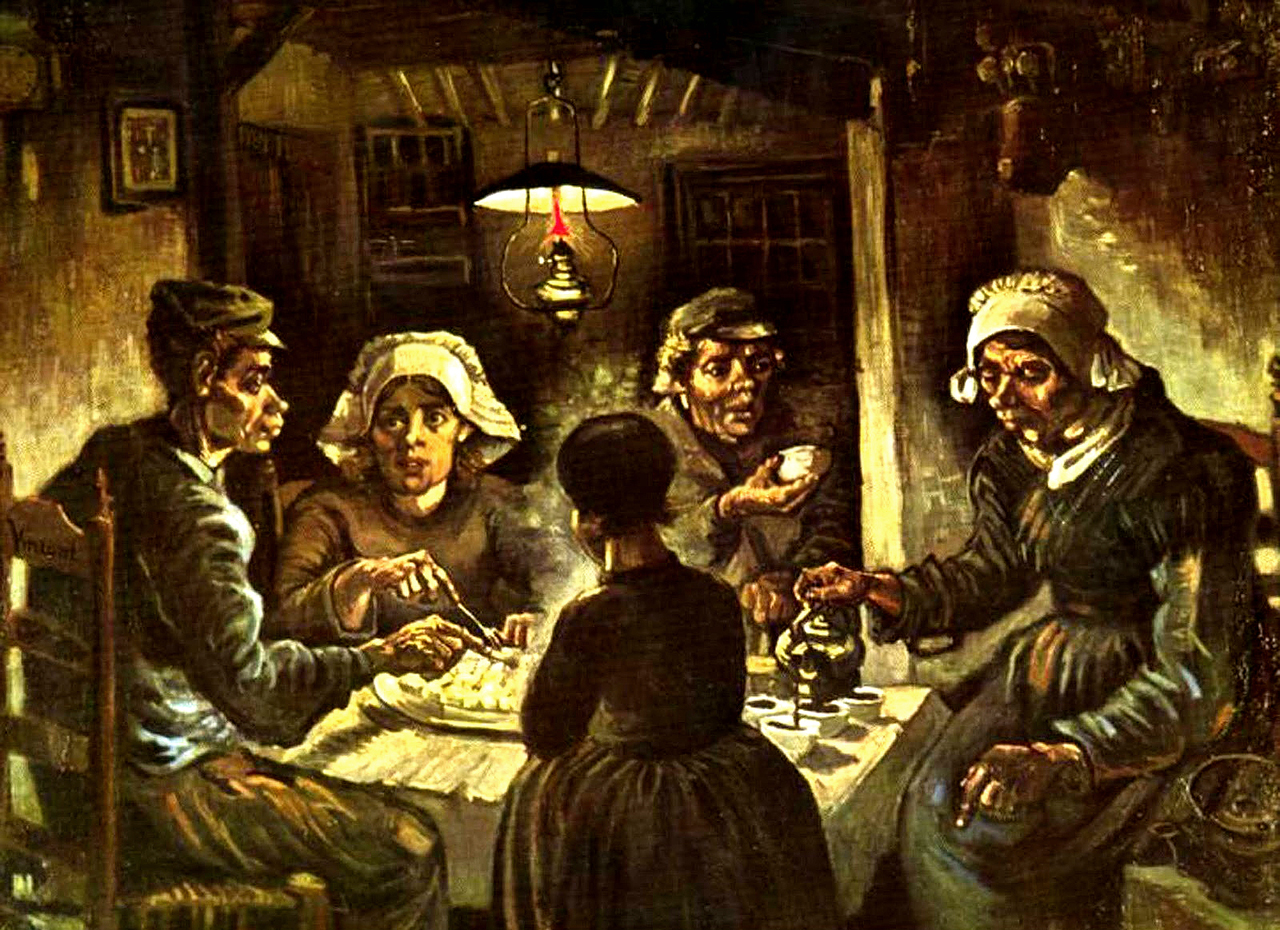
Vincent Van Gogh, The Potato Eaters (Late 19th cent, Post-Impressionism)